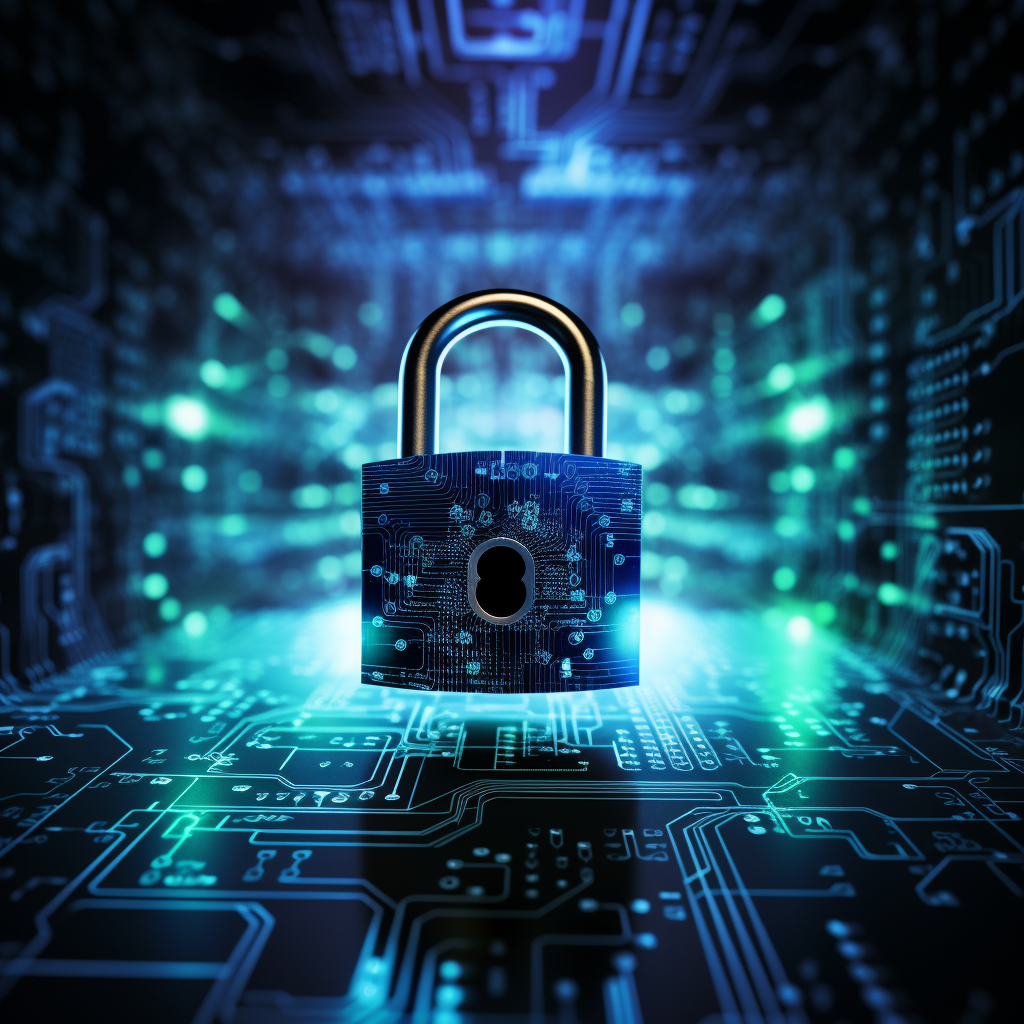In recent years, the landscape of work has undergone a significant transformation with the rise of remote work. Enabled by advancements in technology, remote work offers flexibility and convenience to employees and employers alike.
However, this shift has also brought about new challenges, particularly in the realm of cybersecurity. With employees accessing company networks and sensitive data from various locations and devices, organizations must remain vigilant against cyber threats that can compromise sensitive data and systems.

Phishing Attacks: Phishing remains one of the most prevalent cybersecurity threats, particularly in the context of remote work. Attackers use deceptive emails, messages, or websites to trick users into divulging sensitive information such as login credentials or financial data.
Ransomware: Ransomware attacks have surged in recent years, posing a significant threat to organizations of all sizes. In a ransomware attack, malicious actors encrypt an organization’s data and demand a ransom for its release, disrupting operations and causing financial losses.
Unsecured Wi-Fi Networks: Remote workers often rely on public Wi-Fi networks to connect to the internet, presenting security risks. Unsecured Wi-Fi networks are susceptible to interception and eavesdropping, potentially exposing sensitive data to cybercriminals.
Endpoint Security Vulnerabilities: Endpoints such as laptops, smartphones, and tablets are prime targets for cyberattacks in remote work environments. Without adequate endpoint security measures in place, these devices can serve as entry points for malware and unauthorized access.
Shadow IT: The proliferation of shadow IT, where employees use unauthorized applications and devices for work purposes, poses challenges for cybersecurity. These unapproved tools may lack proper security controls, increasing the organization’s risk exposure.
Strategies for Enhanced Cybersecurity

Implement Multi-Factor Authentication (MFA): Multi-factor authentication adds an extra layer of security by requiring users to provide multiple forms of verification before accessing accounts or systems. Enabling MFA helps mitigate the risk of unauthorized access, even in the event of compromised credentials.
Use Virtual Private Networks (VPNs): Encourage employees to use VPNs when connecting to public Wi-Fi networks to encrypt their internet traffic and enhance privacy and security. VPNs create a secure tunnel between the user’s device and the corporate network, safeguarding data from interception.
Deploy Endpoint Security Solutions: Invest in robust endpoint security solutions, such as antivirus software, firewalls, and endpoint detection and response (EDR) tools, to protect devices against malware, ransomware, and other threats. Regularly update and patch endpoint software to address known vulnerabilities.
Enforce Security Policies and Controls: Establish clear security policies governing remote work practices, including device usage, data handling, and access permissions. Enforce these policies through technical controls and regular audits to ensure compliance and mitigate risks.
Monitor and Respond to Threats: Implement proactive monitoring and incident response mechanisms to detect and respond to cybersecurity threats in real-time. Leverage security information and event management (SIEM) solutions and threat intelligence feeds to identify anomalous activities and potential security incidents.
Backup and Disaster Recovery Planning: Regularly back up critical data and systems to secure offsite locations or cloud storage. Develop and test comprehensive disaster recovery plans to mitigate the impact of ransomware attacks or data breaches and ensure business continuity.
The prevalence of remote work presents unprecedented cybersecurity challenges for organizations worldwide. As employees continue to work from various locations and devices, protecting against cyber threats becomes even more critical.
By implementing proactive cybersecurity measures, including employee training, multi-factor authentication, and endpoint security solutions, organizations can boost up their defenses and safeguard sensitive data and systems. By remaining vigilant and adaptive in the face of evolving threats, organizations can navigate the age of remote work securely and confidently.


